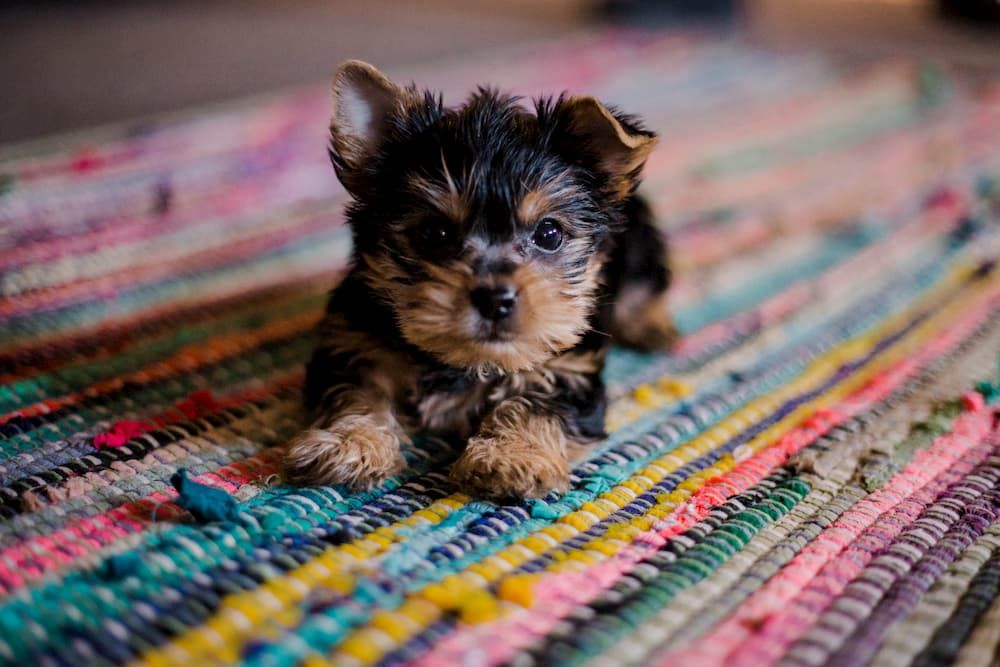
What could be more fun than bringing a new puppy home? But wait! Before you go running off to pick up your puppy, you need to get prepared.
Read this article to learn how to prepare for bringing your fur baby home, as well as how to survive the first day and night with your pet.
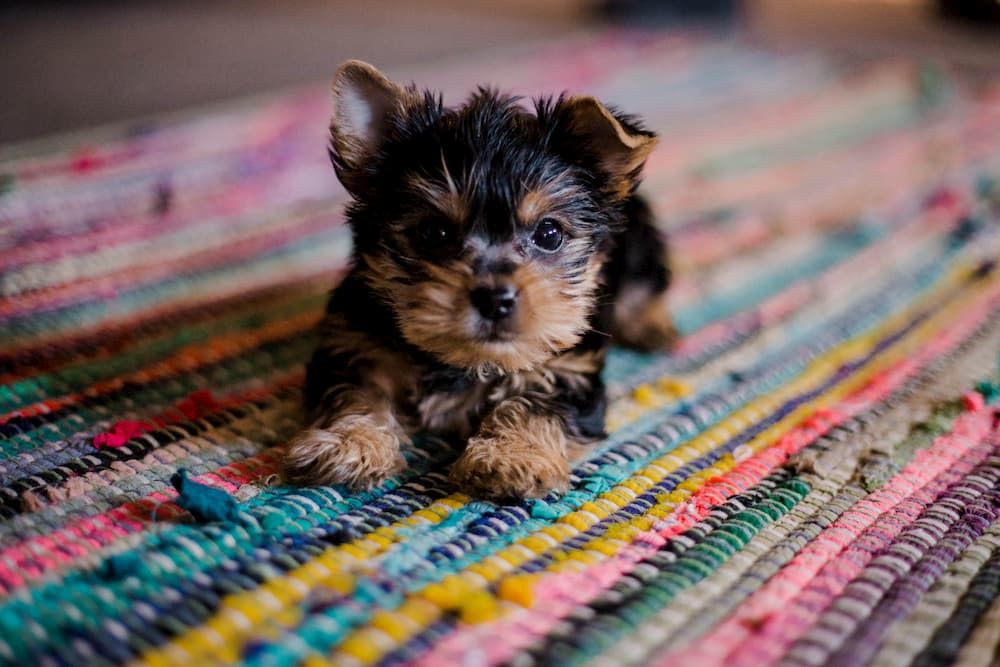

Photo by Hannah Grace on Unsplash
How to Prepare for a New Puppy
Get ready for your puppy by following the steps listed below.
1. Hold a Meeting
Adding a furry family member to your home requires the cooperation of everyone who lives with you. Whether you reside with family or roommates, get them ready by holding a meeting.
Cover the following points in your meeting:
- Distribution of Responsibilities – Who will feed the pet? Who will take the dog out for a walk or to the vet? Who is in charge of training?
- House Rules – Will the pet be allowed on the furniture? What is considered acceptable behavior? What is off-limits? Remember, if one person allows a specific behavior that another person reprimands, your puppy will get confused.
- Words to Use – When training your pet, make sure each person uses the same words for the commands you are teaching your pup.
- Adjustment Period – Ensure the kids of the home realize the dog might be a little shy at first. Tell them to be quiet and calm around the pet while he or she gets used to a new home.
READ MORE: Best Harness for Small Dogs
2. Puppy Proof Your Home
Puppies have a way of getting into things they shouldn’t mess with. Keep your pet safe by putting the following dangers out of reach.
- Choking hazards
- Wires
- Plants
- Cleaning supplies
- Medicines
- Breakable possessions
- Trash cans
In addition to puppy-proofing your entire home, you should also block off space where your dog can stay when there are no adults to provide supervision. Use a pet gate to keep your furball safely contained.
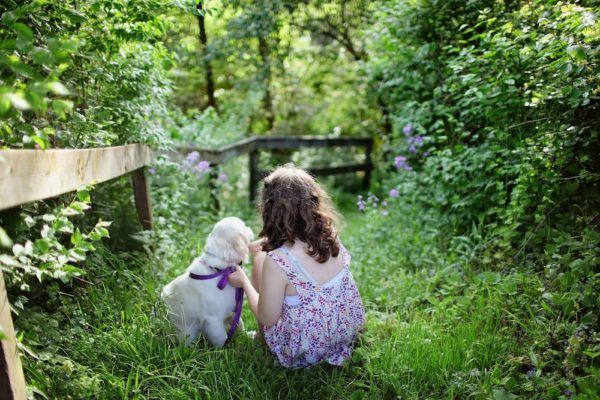

Image by Pexels from Pixabay
3. Purchase Puppy Supplies
Pets are expensive, and the cost of pet care adds up right from the start. You will need to purchase the necessary supplies for providing adequate care before you even bring your pup home.
This list of pet care supplies should get you started:
- Crate
- Collar
- Leash
- Harness
- Food and water bowls
- Gate
- Safe chew toys
- Grooming supplies
- Treats
- Puppy food
- Bed and blankets
- Stain and odor removers
4. Plan Ahead
Request time off from work so that you can stay home with your pet for the first few days. If no one else will be home when it’s time for you to return to work, get a reliable friend to drop in and visit your puppy throughout the day.
If you can’t get a friend to help you out, hire a professional pet sitter.
Bringing Home a New Puppy Guide
You’ve properly prepared, and now the day for bringing your pet home has finally arrived. Hurray! Make sure the day goes smoothly by following the advice given below.
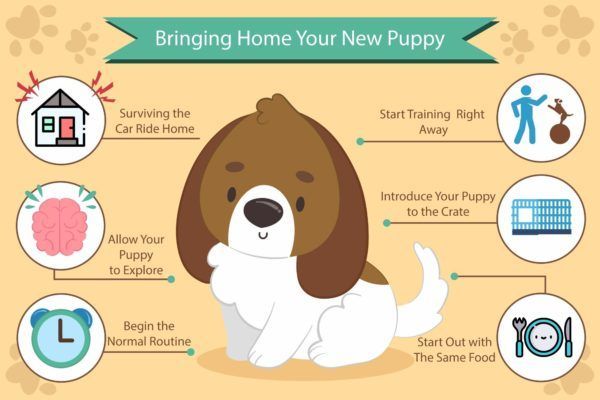

1. Surviving the Car Ride Home
Even if you live alone, don’t pick up your puppy by yourself. Ask a friend to join you. Your friend can keep your pet calm while you are busy driving.
It’s best to place your puppy in a crate for the journey home. But if your pet has never been in a crate before, have your friend hold your pet. This will keep your pet from falling all over the car and distracting you from driving.
2. Start Training Right Away
As soon as you take your dog home, start calling your pup by his or her name. Your pet will quickly learn to respond to that name.
Potty training also needs to begin immediately. Once home, take your puppy to the backyard and wait for your pup to potty. Praise your pet after successful potties outside.
3. Allow Your Puppy to Explore
Next, take your puppy inside your home. Keep a constant eye on your pup as you let your little one wander around. Talk to your pet so that he or she becomes familiar with the sound of your voice.
4. Introduce Your Puppy to the Crate
If your puppy isn’t already used to a crate, you will need to get your pet comfortable with one ASAP. Why? Because it will be necessary for house training and getting your pet to sleep at night.
During your puppy’s first day at home, entice your fur baby to step into the crate by placing treats inside of it. Thanks to the treats, your pet will begin to associate the crate with pleasure.
When your puppy is going in and out of the crate comfortably, work on closing the gate. At first, don’t leave it closed for longer than a few seconds. Open the gate before your pet starts whining. This will teach your dog to stay quiet while inside the crate.
Keep repeating this step and gradually increase the amount of time the gate stays closed. It’s important to let your pet out before it starts whining. Opening the gate while your puppy cries will teach your pet that whining is rewarded with freedom.
5. Begin the Normal Routine
Puppies do best on a routine, so start following a schedule right away. You will need to determine when to feed, play, and provide potty breaks. Once that’s been established, stick to that routine.
6. Start Out with The Same Food
You may eventually want to switch to another brand and use the same food that your puppy was being fed before you brought him or her home. Changing brands too quickly might cause digestive distress.
Transition to the new food gradually. Your pet’s meals should be a mixture of both foods during this transition phase. Begin by serving meals made up of ¼ of the new food and ¾ of the old food.
After a few days with no negative reactions, increase the new food to comprise ½ of your puppy’s meals. Continue this gradual process until your pet is only eating the new food.
How to Get Through the First Night with a New Puppy
The first night with your pet can be challenging, but following the tips below will help you get through it just fine.
1. Wear Your Puppy Out
Encourage your pet to play during the day so that your fur baby will sleep soundly through the night.
2. Take Your Puppy Outside Before Bed
About an hour before bedtime, place your puppy in the crate. After a big day full of new sights and sounds, this will help calm down your pup.
Once the hour has passed, take your pet outside for a bathroom break. Immediately after your puppy has pottied, put your pup back into the crate.
Because your puppy has already spent an hour in the crate, he or she will probably fall asleep quickly after being returned to the crate.
3. Leaving Your Puppy in the Crate
At first, your pet might miss his or her littermates. Comfort your dog with your presence by setting up the crate near your bed.
However, that might not stop your puppy from whining when he or she is first placed in the crate. Although it will probably break your heart, it’s best to ignore your pet. Paying attention to your puppy while he or she is crying will teach your pet to whine for attention.
But if your pet falls asleep and then whines again in the middle of the night, that could mean your pup needs to potty. You definitely should not ignore that!
4. Give Your Puppy a Toy
Giving your puppy a toy to sleep with might offer some comfort. It’s even better if you can take this toy with you when you pick up your pet so that you can rub it against your pup’s littermates. Their scent will help your puppy relax and fall asleep.
READ MORE: Best Artificial grass for Dog potty
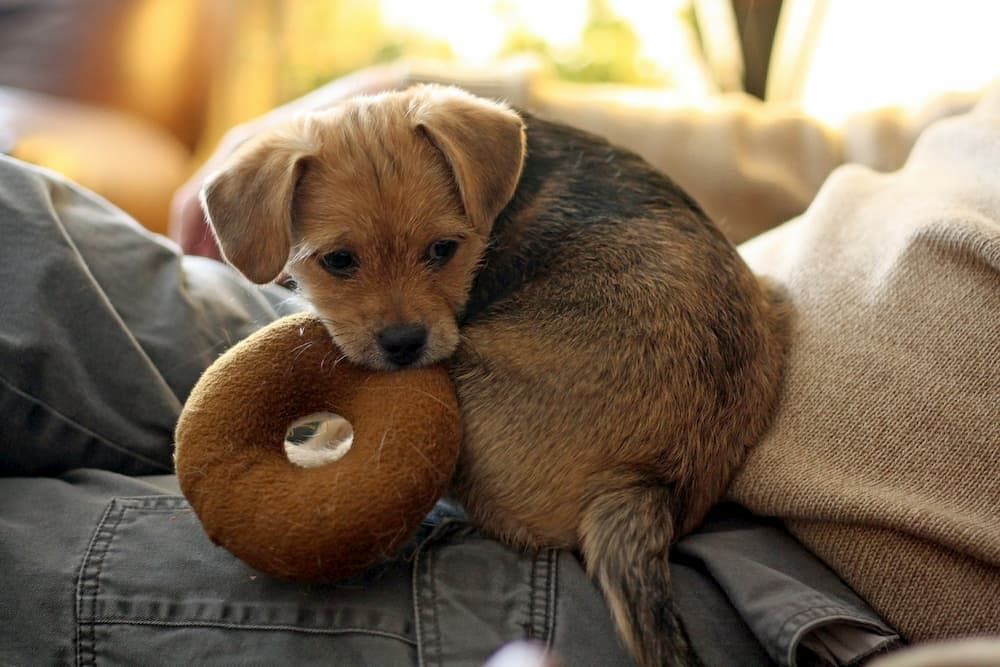

Image by Cristie Guevara from Pixabay
5. Give Your Puppy a Potty Break
Don’t expect to get through the whole night without getting up for a potty break. At this young age, puppies can’t hold their bladders for very long.
When the need to potty arises, your puppy’s whines will probably wake you up. However, you shouldn’t take any chances. Plan to get up 4 hours after your pet’s bedtime bathroom break so that you can take your pup out to potty again.
READ MORE: How to tell the age of a Puppy
Keep your puppy focused, and don’t let your pup frolic around. If these night time potty breaks are too much fun, your pet might start waking you up in the middle of the night just to play.
When morning comes, you can breathe a sigh of relief. You made it through the first night with your puppy! But there’s no time to rest. You will need to get out of bed right away to let your pet out for another potty break.
As you can tell from reading this article, bringing a puppy home is no easy task. And that’s just the start. Once your pet is in your care, your new pet will demand much of your time and attention.
But the bond you develop with your faithful canine will be worth it! Just make sure you are prepared for bringing your pet home.







